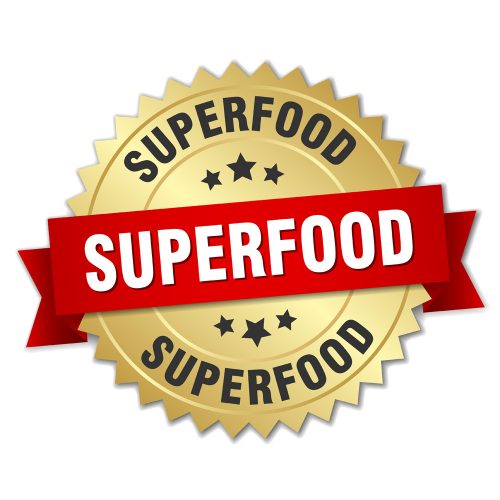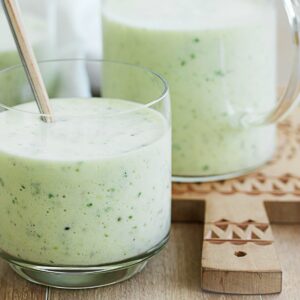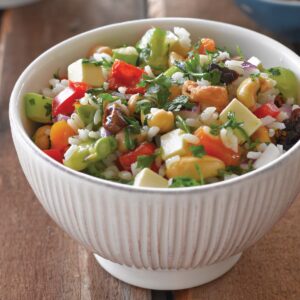
It’s interesting to look at trends over time in food marketing. When we first started Healthy Food Guide 11 years ago, ‘low fat’ was a dominant claim on the front of packaging. ‘Low sugar’ and ‘low salt’ were nice to see, but fat was where it was at.
Now, low-fat claims can still be found. But there’s a rash of newer and different things that seem to be cropping up in colourful stars, badges and buttons on foods. This was noticeable when we judged the Healthy Food Guide Awards recently, and it’s certainly noticeable in the new products we are lucky enough to get to try here at the HFG offices.
‘Natural’ claims
‘Natural’ is a perennial term that seems to have wide appeal. But now, as before, this term has very little meaning. It’s a marketing description. It may mean what we would perceive it to mean — close to nature; unprocessed. Or it may be used to lull us into a sense of false security over a product’s health attributes. ‘Natural colour’ in a sugar-based ‘fruit’ lolly, for example. Or it may be used even more vaguely in phrases like ‘naturally good’ or ‘naturally sweetened’. It seems like the terms ‘whole food’ and ‘super food’ are somewhat related — and as easily manipulated. See ‘Beware the health halo’ in Healthy Food Guide Awards for some good examples.
Interestingly, in the US right now, the Food and Drug Administration (FDA) is in the process of trying to define the word ‘natural’ in food marketing, in response to public demand. It will be interesting to see what they come up with.
‘Paleo-friendly’ claims
A new claim that’s very 2016 is ‘paleo friendly’. This one is very popular in cereal, which is a little bit amusing since I’m fairly sure the cavemen didn’t sit around the fire munching muesli. It also appears on bread, snack bars and even cakes and cookies. Again, a little ironic considering the paleo diet is actually based on unprocessed foods.
My other problem with this claim is that again, it is undefined. Who says what ‘paleo friendly’ means? Does it mean the product complies to the strictest end of the paleo spectrum, where dieters eat no dairy, grains, legumes, sugar, peanuts or potatoes? Or is the manufacturer using a looser definition of paleo that allows some of these things? There seem to be different variations on the diet; who’s to know what the variations that apply to the claim are? This one is a hot trend, albeit one that has lasted longer than I thought it would. It doesn’t mean foods aren’t healthy either – some ‘paleo-friendly’ foods are fantastic. But don’t assume it’s a health food.
Sugar confusion
Sugar is another area where things on packaging can get very murky. It’s something we’re all focusing on as consumers, so food manufacturers are making a point of giving us what we want — at least on the surface. But we’re seeing an increasing confusion of claims in this area. There’s ‘no refined sugar’, which doesn’t seem to have any definition. While you might assume it means no sugar at all, turn over a product with this claim on the front and you could very likely find ingredients like fruit concentrate, rice malt syrup or coconut sugar. All of which qualify as added sugar.
Watch out also for ‘no added sugar’ and ‘naturally sweetened’. Our best bet, still, is to read the ingredients list to know for sure what something is sweetened with. And read the whole list; we’re also seeing multiple sweeteners — including stevia — being used, so while sugar might not appear in the first few ingredients, there may be three or four lots of sugar in a product.
Stay alert
So what are the emerging trends in food marketing speak? It seems to me we’ll see more products described as ‘clean’ this year. And keep an eye on vague terms like ‘pure’ and ‘packed with goodness’. Sometimes language comes freighted with emotion, as in phrases like ‘nothing naughty’ or ‘no nasties’. Again, don’t be fooled. This might be a wonderfully healthy food. Or it might be wearing a large ‘health halo’. Be smarter than the marketers and decide for yourself.
www.healthyfood.com










